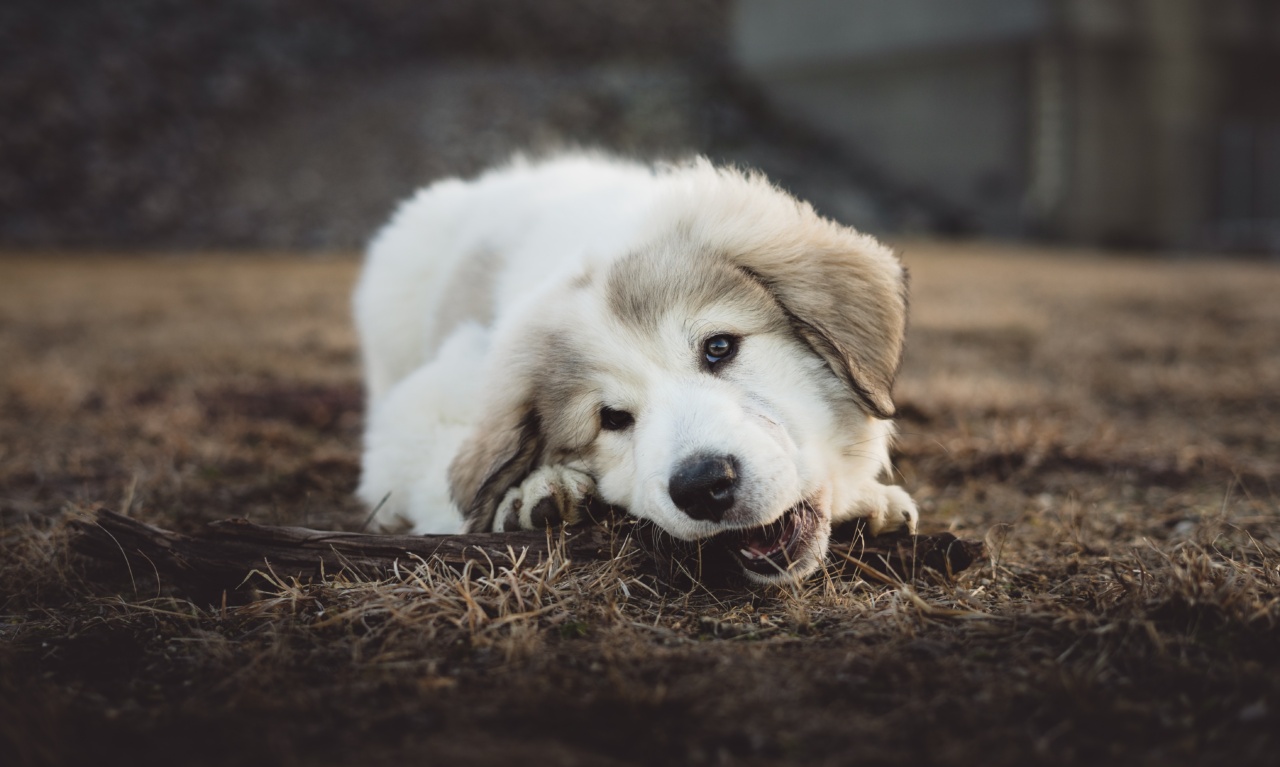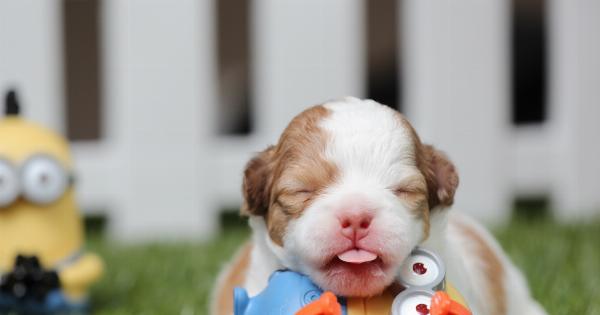One of the biggest challenges that all puppy owners face is dealing with their chewing behavior. Puppies chew on everything, and it can be frustrating and costly to replace chewed-up furniture, shoes, and other items.
However, it’s important to understand that chewing is a natural behavior for dogs, and if trained properly, your puppy can learn good chewing habits that will prevent destructive behavior.
Why do puppies chew?
Puppies chew for a variety of reasons, including teething, boredom, anxiety, and play. Chewing helps puppies to relieve the pain and discomfort of teething by stimulating their gums and helping their teeth to break through the gums.
Puppies also chew as a form of play and as a way to explore their environment. Finally, puppies may chew due to anxiety or boredom, especially if they are not given enough mental and physical stimulation.
How to train your puppy to chew on appropriate items
Training your puppy to chew on appropriate items is important for preventing destructive behavior and ensuring their safety. Here are some tips for training your puppy to have good chewing habits:.
1. Provide appropriate chew toys
The first step in training your puppy to chew on appropriate items is to provide them with appropriate chew toys. Look for toys that are specifically designed for puppies and are made of safe and durable materials.
There are many different types of chew toys available, including soft toys, rubber toys, and puzzle toys. Experiment with different types of toys to find what your puppy likes best.
2. Encourage positive chewing behavior
When you see your puppy chewing on an appropriate item, such as a chew toy, make sure to praise and reward them. Use positive reinforcement, such as treats or verbal praise, to encourage this behavior.
This will help to reinforce the idea that chewing on appropriate items is a positive behavior.
3. Prevent access to inappropriate items
One of the easiest ways to prevent destructive chewing behavior is to simply prevent your puppy from accessing inappropriate items. This means keeping shoes, clothes, and other valuable or dangerous items out of reach.
You may also need to crate or confine your puppy when you are not able to supervise them.
4. Provide plenty of mental and physical stimulation
Puppies need plenty of mental and physical stimulation to prevent boredom and anxiety, which can lead to destructive chewing behavior. Make sure to provide your puppy with plenty of opportunities for play and exercise, such as walks, games, and puzzles.
You can also provide mental stimulation through training and interactive toys.
5. Be consistent in your training
Consistency is key when it comes to training your puppy to have good chewing habits. Make sure to reinforce positive behavior every time you see it, and be firm and consistent in correcting inappropriate behavior.
It may take some time and patience, but with consistent training, your puppy will learn to have good chewing habits.
Common mistakes to avoid
When training your puppy to have good chewing habits, there are some common mistakes that you should avoid:.
1. Punishing your puppy for chewing
Punishing your puppy for chewing on inappropriate items is not an effective way to train them. This can lead to fear and anxiety, and may actually encourage more destructive behavior.
Instead, focus on positive reinforcement and redirecting your puppy to appropriate items.
2. Providing inappropriate chew toys
Providing your puppy with inappropriate chew toys, such as old shoes or household items, can actually encourage destructive chewing behavior. Make sure to provide only safe and appropriate chew toys for your puppy.
3. Inconsistency in training
If you are inconsistent in your training, your puppy may become confused and frustrated. Make sure to be consistent in your praise and corrections, and provide plenty of opportunities for positive reinforcement.
Conclusion
Chewing is a natural behavior for puppies, but with proper training, your puppy can learn to have good chewing habits that prevent destructive behavior.
By providing appropriate chew toys, encouraging positive chewing behavior, preventing access to inappropriate items, providing plenty of mental and physical stimulation, and being consistent in your training, your puppy can learn to have good chewing habits that will benefit both of you.






























